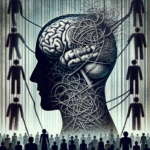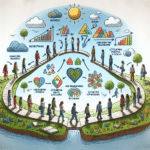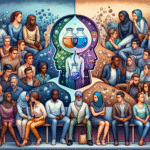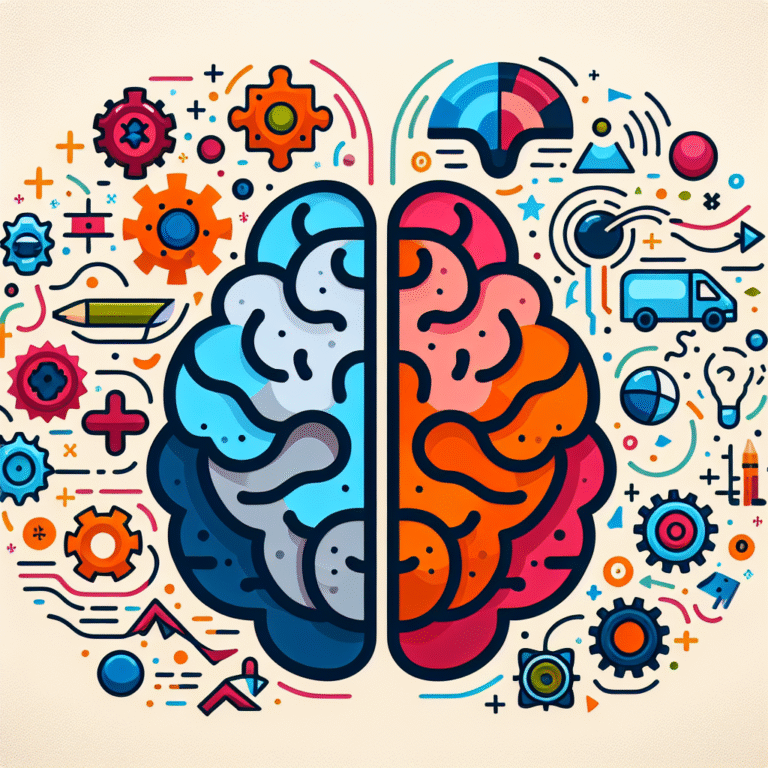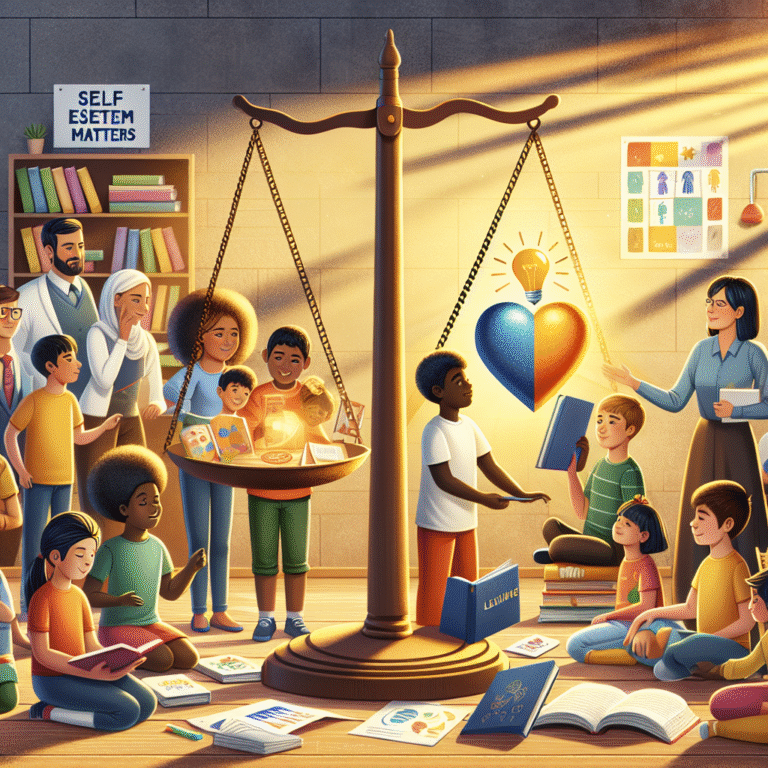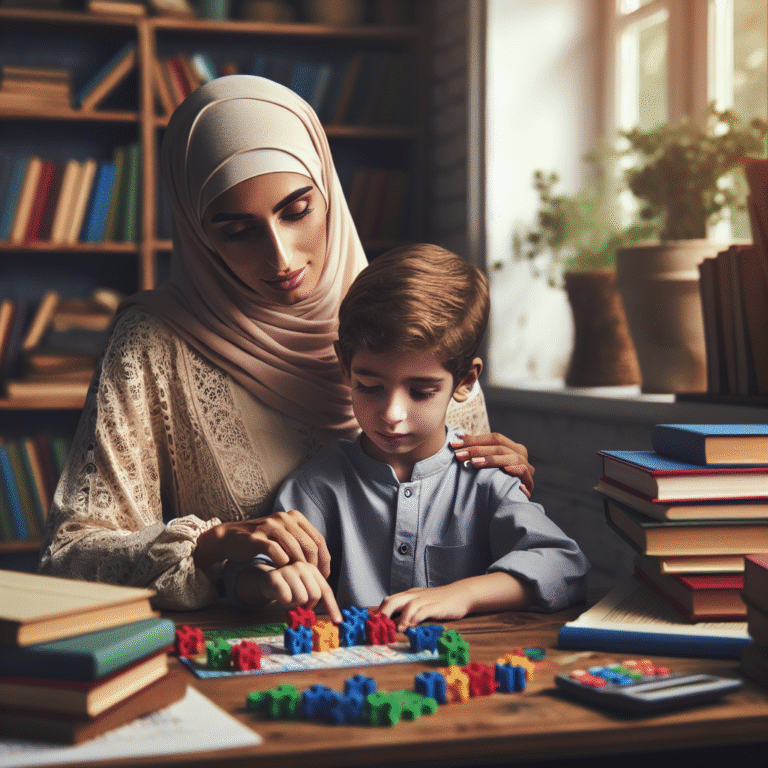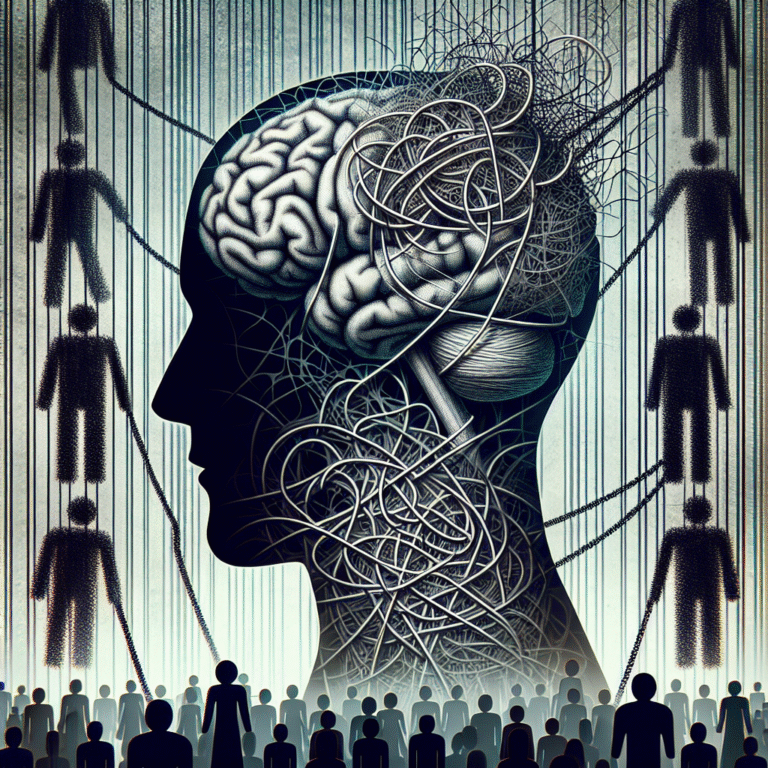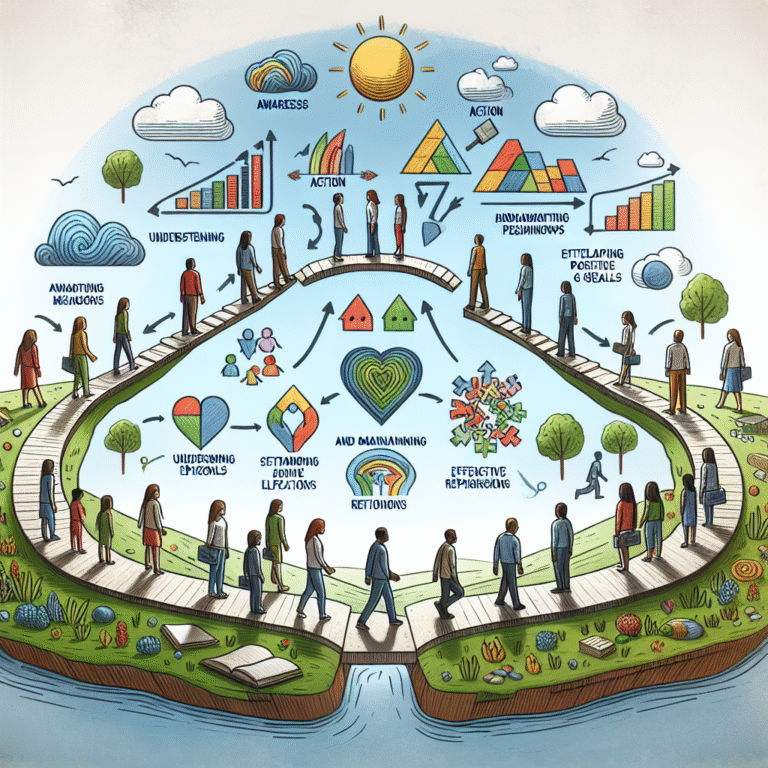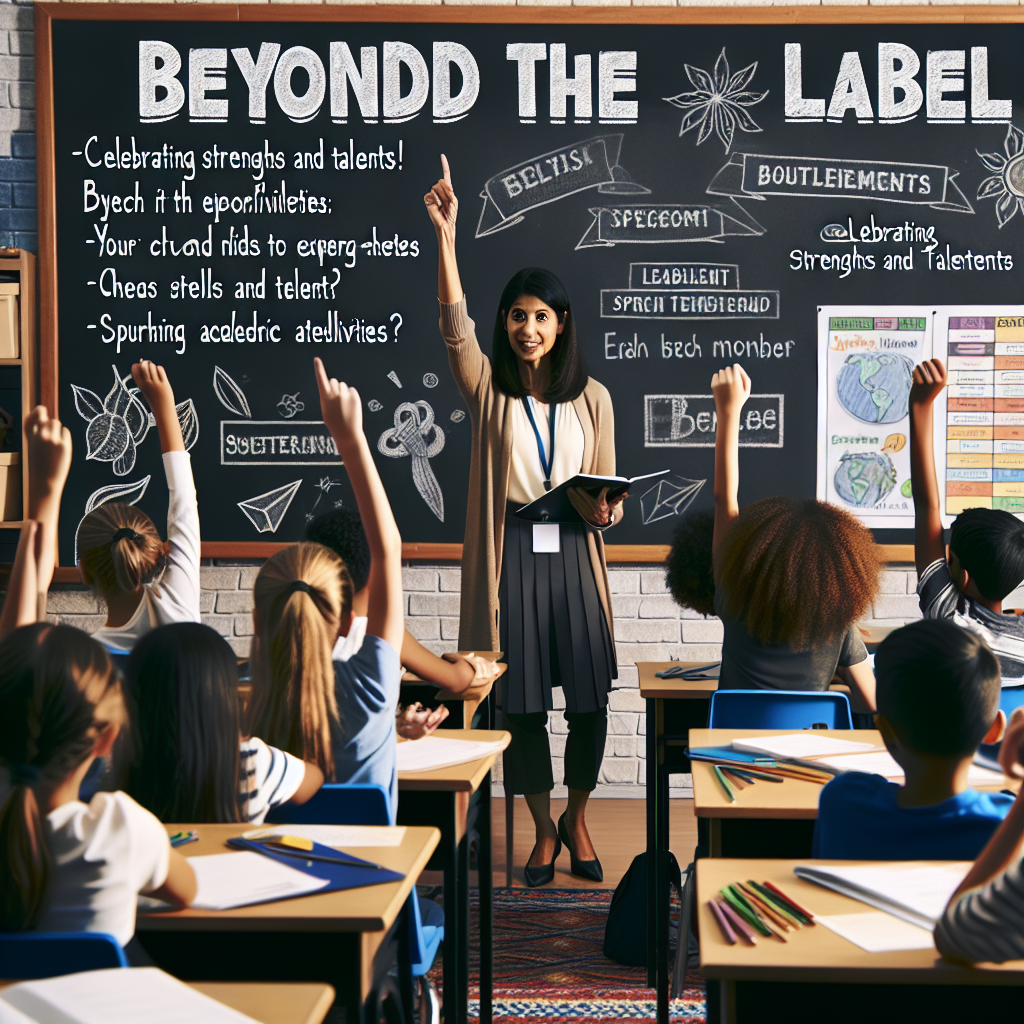
Beyond the Label: Celebrating Strengths and Talents in Students with Learning Disabilities
Introduction
Imagine a world where students aren’t defined by their challenges but celebrated for their unique strengths and talents. This is the vision encapsulated in the phrase, "Beyond the Label: Celebrating Strengths and Talents in Students with Learning Disabilities." The traditional approach to learning disabilities often focuses on perceived deficits, but a shift in perspective can transform lives. Understanding and leveraging the strengths of these students is not just a novel idea; it’s essential for their growth, confidence, and future success. This article aims to explore these strengths in depth and provide a comprehensive guide to fostering an environment where all learners can thrive.
Understanding Learning Disabilities
What Are Learning Disabilities?
Learning disabilities (LDs) refer to a range of disorders that affect the ability to understand or use spoken or written language, perform mathematical calculations, coordinate movements, or focus attention. According to the Learning Disabilities Association of America, around 5 to 15% of students have some form of learning disability. However, the focus should not solely rest on what a student struggles with; instead, we should emphasize what they excel at.
Common Types of Learning Disabilities
- Dyslexia: Affects reading fluency and comprehension.
- Dysgraphia: Impacts handwriting and fine motor skills.
- Dyscalculia: Challenges with number sense and mathematics.
- ADHD: Affects attention span and impulse control.
By understanding these disabilities, educators and parents can better assist students by recognizing their individual strengths and employing strategies that nurture those abilities.
Beyond the Label: A Strengths-Based Approach
The Importance of a Strengths-Based Mindset
When we talk about "Beyond the Label: Celebrating Strengths and Talents in Students with Learning Disabilities," we pivot to a strengths-based mindset. This philosophy suggests that every student has unique abilities and talents masquerading behind their labels.
Case Study: Emily’s Artistic Gift
Emily, a 10-year-old diagnosed with dyslexia, struggled with reading but had a natural flair for painting. Teachers who recognized her talent encouraged her to express herself through art. This not only boosted her confidence but also improved her classroom performance.
Analysis: The focus shifted from her reading difficulties to nurturing her artistic skills, leading to enhanced self-esteem and academic improvement.
Identifying Strengths
Recognizing a student’s strengths can be as simple as conducting interest inventories or performance assessments. Teachers can observe and document students in various activities to gain insights into their talents.
| Method | Description |
|---|---|
| Interest Inventories | Surveys or discussions that uncover student interests. |
| Performance Assessments | Tasks or projects that reveal areas of talent. |
| Peer Review | Feedback from classmates can highlight strengths others notice. |
Creating Supportive Learning Environments
Creating an inclusive learning atmosphere involves tailored educational strategies that highlight individual strengths.
- Flexible Learning Styles: Incorporate various teaching methods such as visual aids, hands-on activities, and collaborative projects.
- Personalized Learning Plans: Develop IEPs (Individualized Education Programs) that focus on students’ strengths rather than just their weaknesses.
- Praise and Encouragement: When students achieve success, regardless of how small, celebratory recognition fosters a positive learning environment.
Celebrating Successes
The Role of Educators
Educators play a pivotal role in nurturing strengths in students with learning disabilities. A supportive teacher can make a world of difference. Encouraging risk-taking and providing constructive feedback allows students to soar beyond their limitations.
Case Study: James’s Technological Prowess
James, diagnosed with ADHD, struggled with traditional classroom settings. His teacher recognized his talent for technology and assigned him to lead a class project that involved creating a digital presentation. This not only engaged him but also allowed him to shine, showcasing his organizational and creative skills.
Analysis: By aligning classroom tasks with James’s interests, the teacher fostered confidence and facilitated stronger engagement with the learning material.
Engaging Parents and the Community
Celebrating students’ strengths extends beyond the classroom. Engaging parents and the community plays a crucial role in reinforcing a strengths-based perspective.
- Workshops and Seminars: Educate parents on how to identify and nurture their child’s strengths at home.
- Community Programs: Local organizations can provide resources and activities focusing on the strengths of students with learning disabilities, fostering teamwork and collaboration.
Peer Support Groups
Peer support groups can also be incredibly valuable. Students can share their successes and challenges, promoting a sense of belonging and understanding.
Nurturing Talents
Extracurricular Activities
Encouraging students to pursue extracurricular activities that align with their strengths is essential. Whether it’s art, music, sports, or technology, involvement outside the classroom often leads to increased self-worth.
Case Study: The Drama Club
The local drama club was a lifeline for a group of students with learning disabilities. In this supportive environment, they discovered talents in acting and stage production. Students who once struggled academically flourished in this creative space, showing that their talents could shine brightly outside traditional settings.
Analysis: Engaging in extracurricular activities offered these students an avenue to express their strengths while building relationships and confidence.
Utilizing Technology
In today’s digital age, technology can be a powerful ally in showcasing strengths. Tools designed to assist students with learning disabilities can also empower them to demonstrate their capabilities effectively.
| Technology | Functionality |
|---|---|
| Speech-to-Text | Aids in writing assignments. |
| Educational Apps | Targeted practice in areas of strength. |
| Interactive Learning Tools | Makes learning engaging through gamification. |
The Power of Stories
Sharing Success Stories
Documenting and sharing success stories helps to shift societal perceptions toward people with learning disabilities. By showcasing their achievements, we can foster a more accepting environment where all students are valued.
Case Study: A Roundtable of Talents
A recent community event featured a roundtable of students with learning disabilities discussing their strengths. From musicians to coders, each student shared their journey and triumphs, leading to a broader discussion about acceptance and understanding within the community.
Analysis: Success stories not only celebrate individual accomplishments but also inspire others to look beyond labels, promoting a culture of empowerment.
Conclusion
In a world where students with learning disabilities often face undue stigma, the call to action is clear: "Beyond the Label: Celebrating Strengths and Talents in Students with Learning Disabilities." By focusing on the positive attributes and capabilities of these students, we foster a culture of acceptance and encouragement.
Encourage educators, parents, and the community to collaborate in recognizing the strengths and talents of each child, helping them thrive both academically and personally. Remember, a label is not the limit; it’s merely a starting point for a vibrant journey ahead. Let’s move beyond labels, unleash the potential, and celebrate every unique talent that makes our students who they are.
FAQs
1. What are learning disabilities?
Learning disabilities (LDs) are neurological disorders that affect the ability to process information. This includes challenges in reading, writing, math, and language comprehension.
2. How can I identify my child’s strengths?
You can identify strengths through interest inventories, observations during activities, and even discussions with teachers who notice talents in various subjects.
3. What are some effective teaching strategies for students with learning disabilities?
Utilize a mix of learning styles, create personalized learning plans, and foster a supportive environment that celebrates efforts and successes.
4. Can students with learning disabilities excel in school?
Absolutely! By focusing on their strengths and interests, students with learning disabilities can thrive academically and develop confidence in their abilities.
5. How can parents support their child with learning disabilities at home?
Engage in open conversations, provide resources aligned to their child’s interests, and encourage participation in extracurricular activities that highlight their strengths.
6. What role does technology play in supporting students with learning disabilities?
Technology offers accessible tools that can assist students in learning, practicing skills, and showcasing their strengths, thereby making the learning process more engaging.
A strengths-based approach can redefine not only the educational experience of students with learning disabilities but also reshape societal perceptions, ensuring that every child is seen for the amazing potential they hold.
